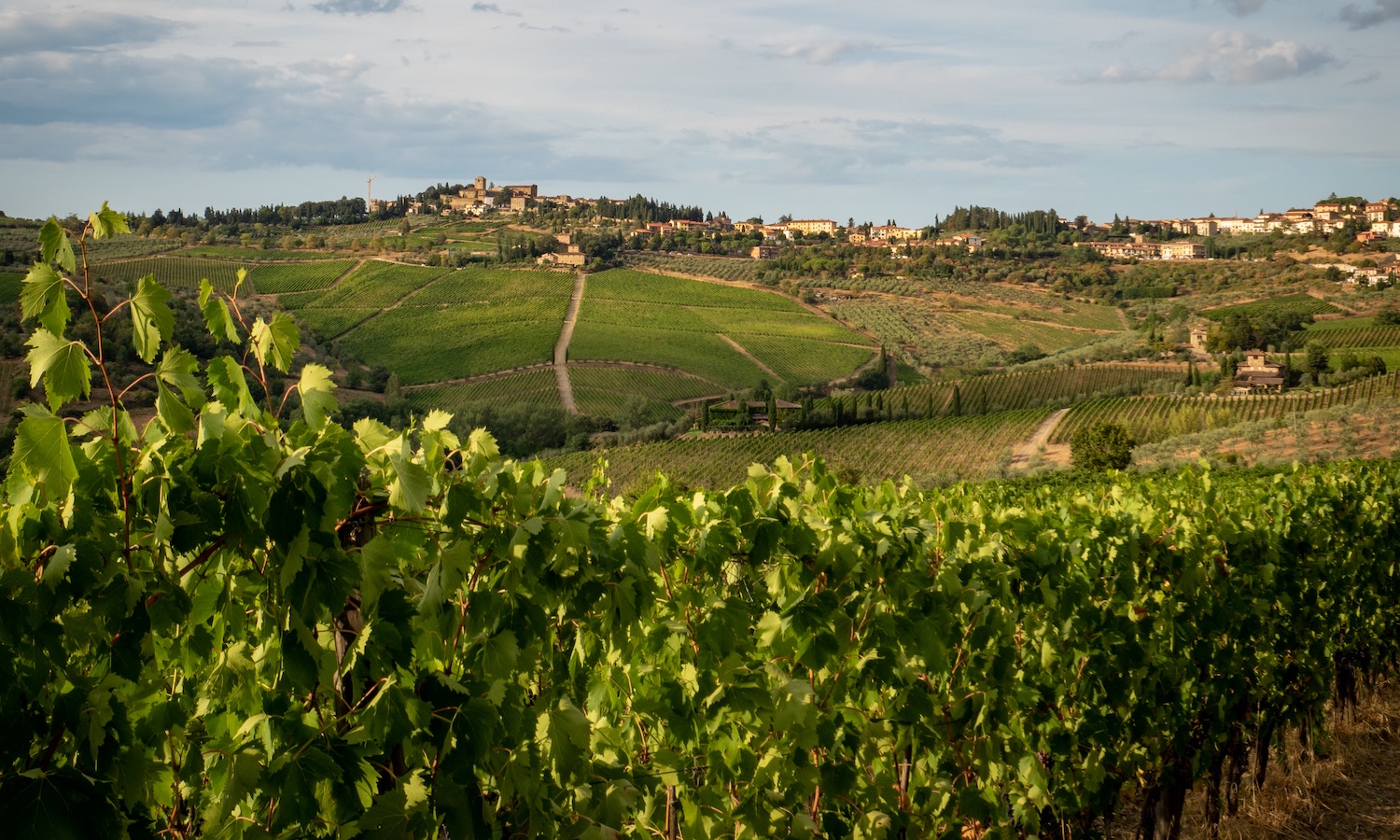AGROMIX, a European Union-based project, is working to create more farmer-to-farmer relationships through the creation of a collaborative, digital learning tool. This movement of farmers, researchers, and policy advocates look to center the perspective of farmers in EU agricultural policies.
AGROMIX stands for agroforestry and mixed farming systems. The approach entails the combination of livestock, trees, and mixed crops into farm operations. These practices help farmers move away from monoculture production— an effective way to heal the soil and realize economically viable alternatives to industrial systems, according to researchers from the University of California, Berkeley.
AGROMIX is funded as a Horizon 2020 project, a multi-year initiative to spur sustainable development through the EU’s Framework Programme for Research and Innovation. The EU allocated US$87 billion for approved programs that began between 2014 and 2020, which includes financial support for AGROMIX.
Research and policy groups that focus on rural development, biodiversity, and agricultural policy make up the coalition leading AGROMIX’s efforts. The group works on twelve pilot projects in three different zones: Continental, Atlantic, and Mediterranean Europe. Each zone is intended to highlight regional distinctions across the European agricultural sector.
“There are some pilots that will work more on, for example, technicalities about production,” Sara Burbi, the creator and former coordinator of AGROMIX, tells Food Tank. “Some pilots that will work more on community engagement, educational projects, or different types of problems, and they can show each other how to solve challenges.”
Farms working with AGROMIX range in size and operation model to represent the diversity of needs and experiences. Six of these pilot farms served as test models to examine best practices. The remaining six farms will apply feedback from the models, allowing farmers to adjust their practices based on advice from other farmers. This approach is designed to help assess whether these experimental practices are economically competitive when compared to the status quo.
“Farmers need proof,” Jesse Donham of Agroecology Europe tells Food Tank. “They need to see other farmers doing it, they need to see that it’s economic.”
Donham tells Food Tank that there is a legacy of mistrust in the farming community of researchers after decades of contradicting advice, such as going from encouraging to discouraging the use of pesticides. The pilot projects “make people much more comfortable to experiment” with new practices, she says.
To facilitate this knowledge-sharing, EU farmers will use a digital tool to learn from one another. The creators believe that this is particularly valuable for producers who face barriers to meeting with peers through local farmers’ associations or other traditional gatherings.
The tool will allow producers to test out various scenarios they may face on their land through virtual simulations. Feedback from producers on the pilot farmers and research partners will help shape users’ understanding of the interaction between soil and three crucial areas: trees, crops, and water management. The developers also intend to share the tool at conferences, farmer workshops, and other events to broaden its reach and help as many farmers as possible.
A 2020 AGROMIX report finds that nations with agroforestry policies structure them as a way to lower greenhouse gas emissions. But there remains little mention of these practices as potential forces for food systems transformation in national policies across EU member states.
“As the project progresses, researchers and farmers will not only engage with the pilot itself, but also with the nearby community,” Burbi tells Food Tank.
Articles like the one you just read are made possible through the generosity of Food Tank members. Can we please count on you to be part of our growing movement? Become a member today by clicking here.
Photo courtesy of Flo P, Unsplash











